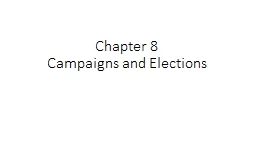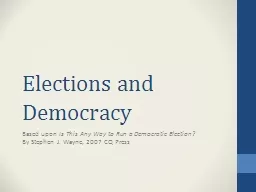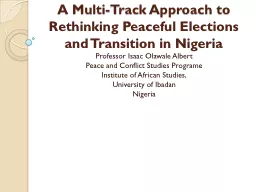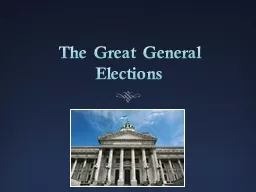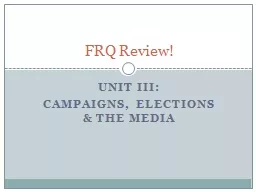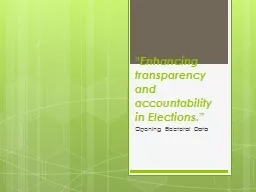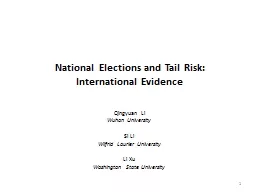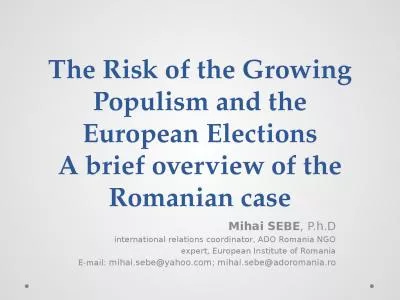PPT-Chapter 8 Campaigns and Elections
Author : lois-ondreau | Published Date : 2018-11-05
How Democratic Are US Elections Are American elections truly democratic Americans vote more often than the citizens of most democracies Americans vote for more officesfrom
Presentation Embed Code
Download Presentation
Download Presentation The PPT/PDF document "Chapter 8 Campaigns and Elections" is the property of its rightful owner. Permission is granted to download and print the materials on this website for personal, non-commercial use only, and to display it on your personal computer provided you do not modify the materials and that you retain all copyright notices contained in the materials. By downloading content from our website, you accept the terms of this agreement.
Chapter 8 Campaigns and Elections: Transcript
Download Rules Of Document
"Chapter 8 Campaigns and Elections"The content belongs to its owner. You may download and print it for personal use, without modification, and keep all copyright notices. By downloading, you agree to these terms.
Related Documents

